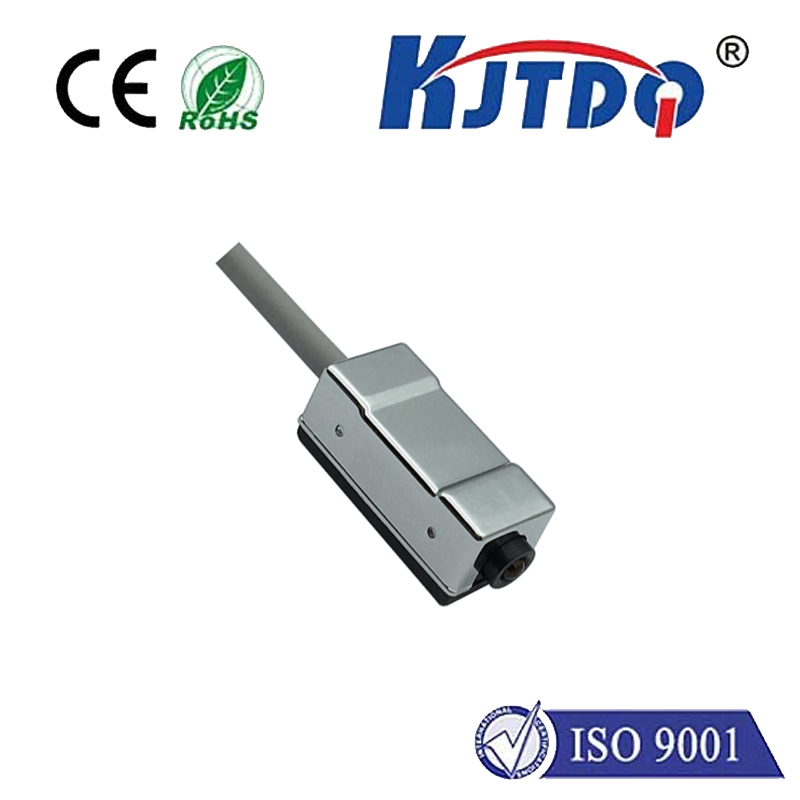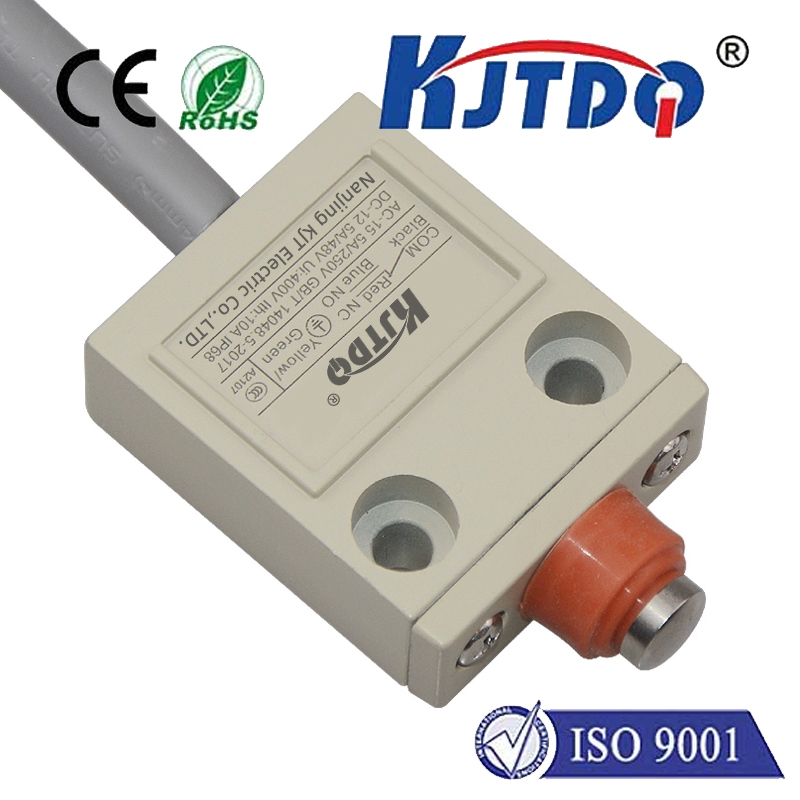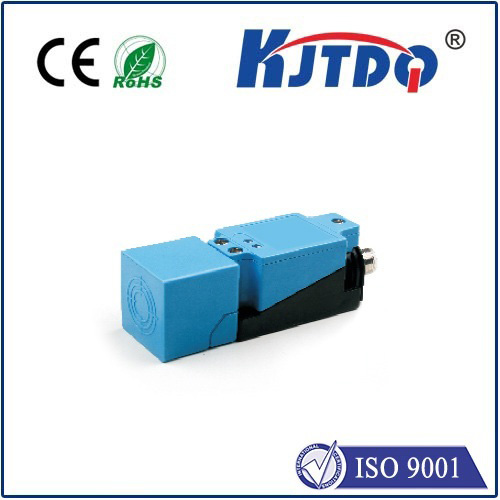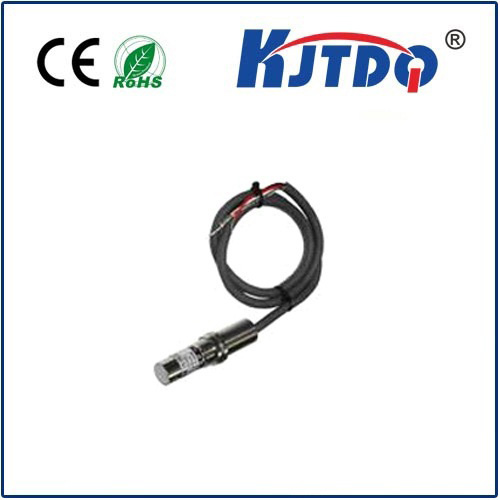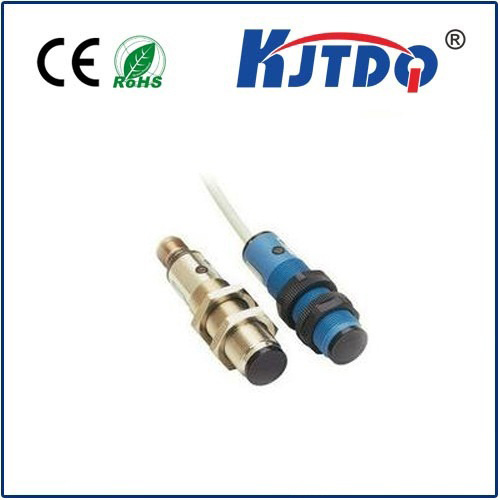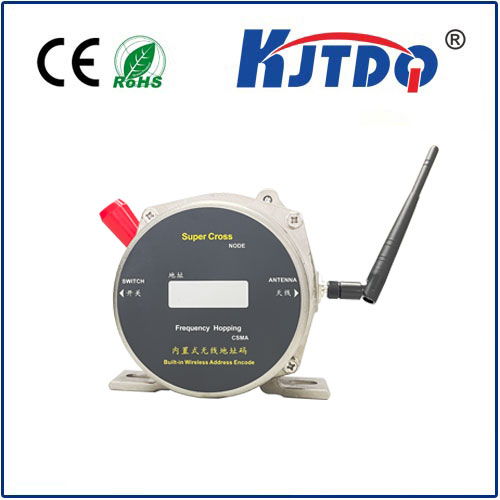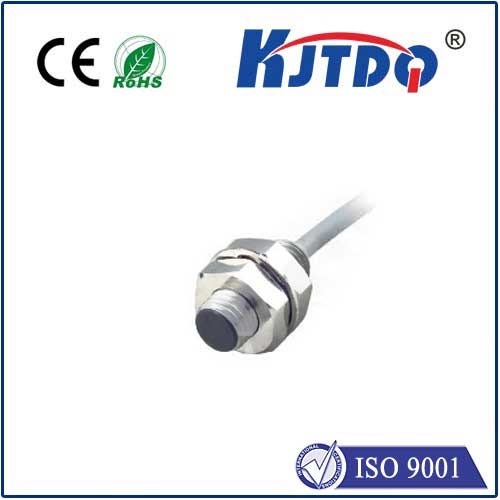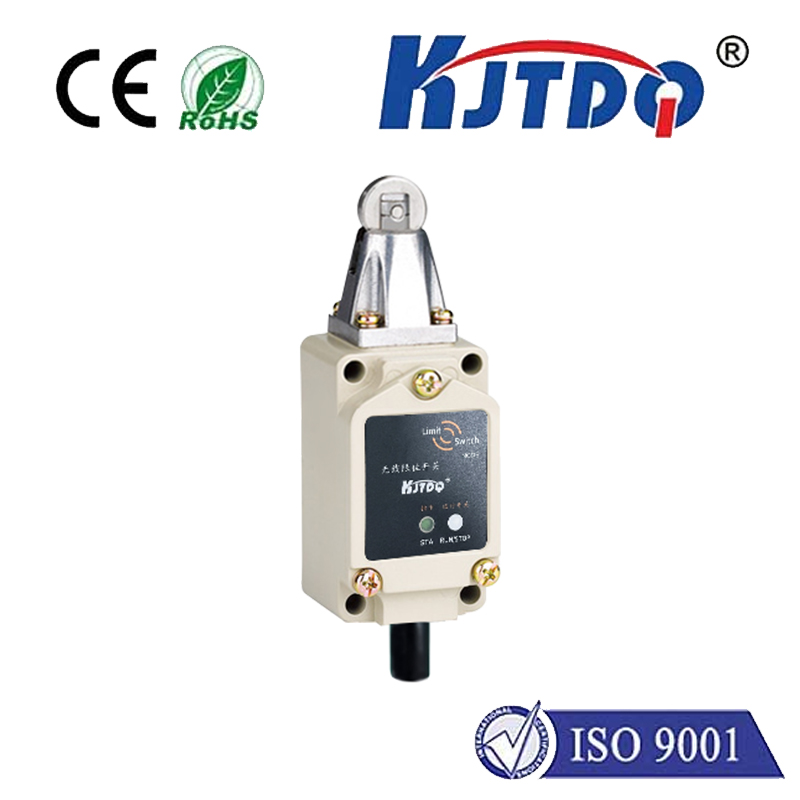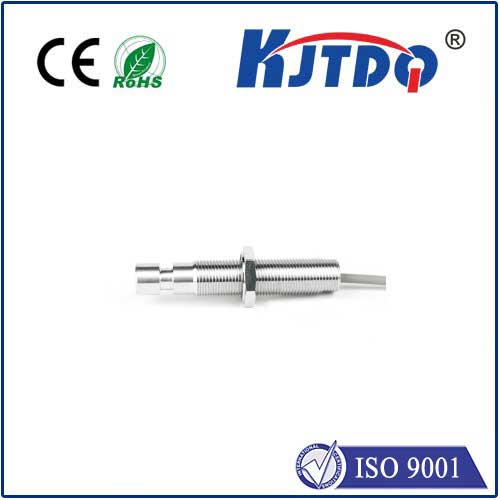

check

check

check

check
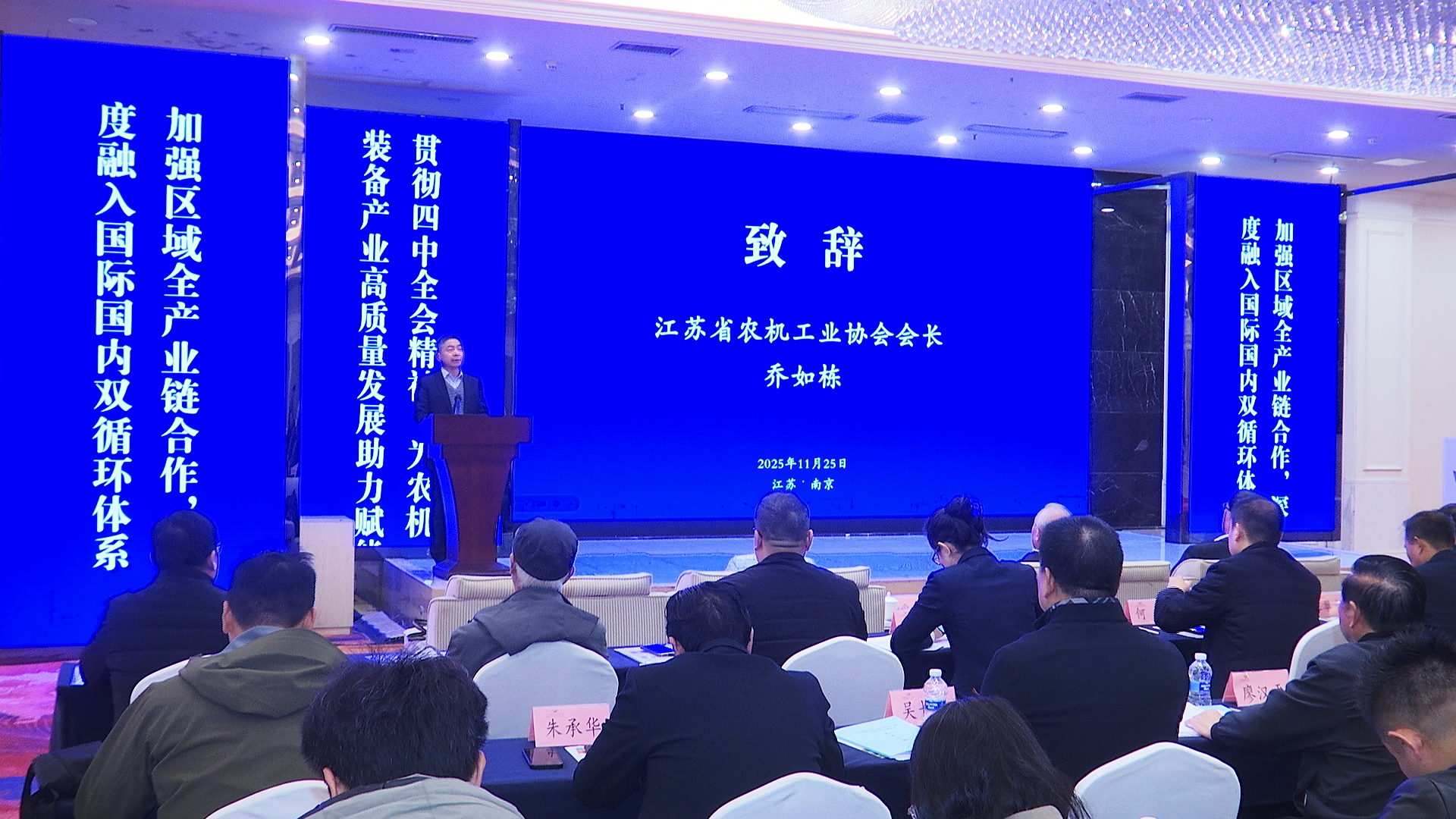
check

check
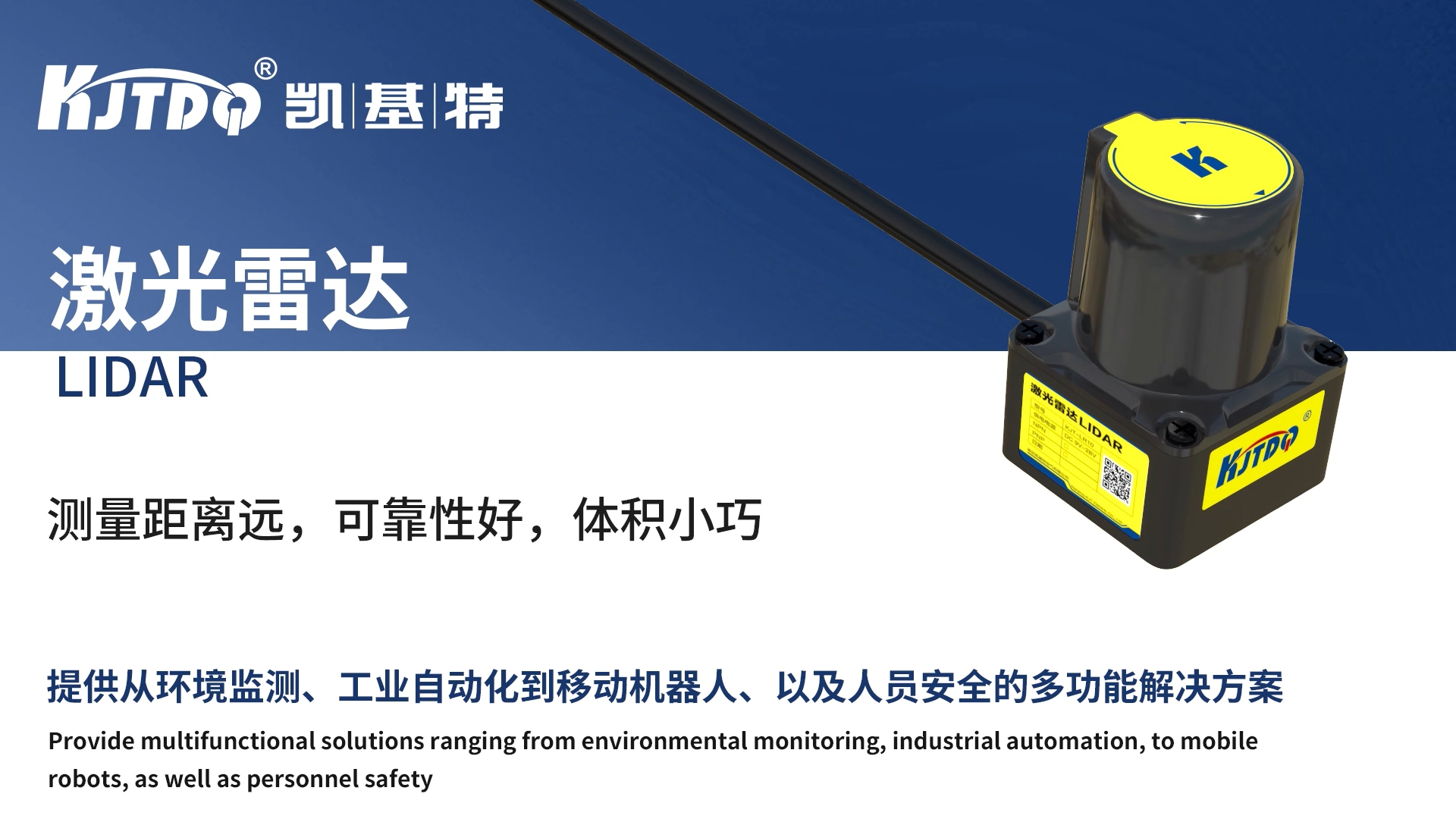
check

check

check

check
Imagine a massive industrial door slowly grinding shut. Without a critical checkpoint, it could slam closed with crushing force. Or picture a robot arm conducting its precise dance on an assembly line; a single overreach could cause catastrophic damage. The narrow escape in both scenarios? Often, a tiny yet titanically important component: the toggle limit switch. This unassuming device stands as a silent guardian, defining boundaries and enforcing safety within countless machines and processes.
Demystifying the Toggle Limit Switch
At its core, a toggle limit switch is an electromechanical sensor. Its primary purpose is to detect the presence or position of an object and, crucially, to change the state of an electrical circuit based on that detection. The “toggle” aspect refers to the specific actuation mechanism – typically a lever arm or plunger that physically flips (or “toggles”) when engaged by a moving part. This mechanical movement then directly operates the electrical contacts inside the switch. They are fundamental building blocks in automation control systems, serving as vital position sensors and safety interlocks.
Anatomy of a Toggle Sentinel: Key Components
Understanding how a toggle limit switch functions requires a look inside its robust housing:

Toggle Mechanism: The internal linkage that translates actuator movement into the rapid switching action of the electrical contacts. This mechanism provides a distinct “snap-action,” ensuring quick, positive contact transition and minimizing arcing.
Electrical Contacts: The heart of the switch circuit:
Housing/Enclosure: Protects the internal components from environmental hazards like dust, moisture, oil, and chemicals. Enclosure ratings (IP or NEMA) are critical selection criteria based on the operating environment. Robust construction is paramount for industrial durability.
Terminal Connections: Where electrical wires connect, commonly screw terminals or quick-connect tabs.
The Crucial “Toggle” Action: Why It Matters
The defining feature of the toggle limit switch is its snap-action toggle mechanism. This mechanism operates with a distinct over-center spring action. When the actuator moves beyond a specific point, the stored energy in the spring is suddenly released, causing the electrical contacts to snap rapidly between their open and closed states. This action offers significant advantages over simple sliding contacts:
Where the Toggle Switches Reign Supreme: Key Applications
The versatility and reliability of toggle limit switches make them ubiquitous across industries:
Selecting the Right Toggle Sentinel: Considerations
Choosing the optimal toggle limit switch involves evaluating several factors:
From the colossal presses shaping metal to the delicate movements of packaging lines, the humble toggle limit switch performs an indispensable role. Its mechanical simplicity belies its critical function: translating physical motion into precise electrical signals that dictate control logic and enforce operational boundaries. By providing reliable position feedback, preventing overtravel damage, and acting as vital safety interlocks, these rugged electro-mechanical sensors are fundamental to the safe, efficient, and predictable operation of machines that shape our modern world. Understanding their function and selecting the right type ensures machinery operates smoothly and safely, cycle after cycle. They truly are the unsung sentinels guarding our industrial landscape.
